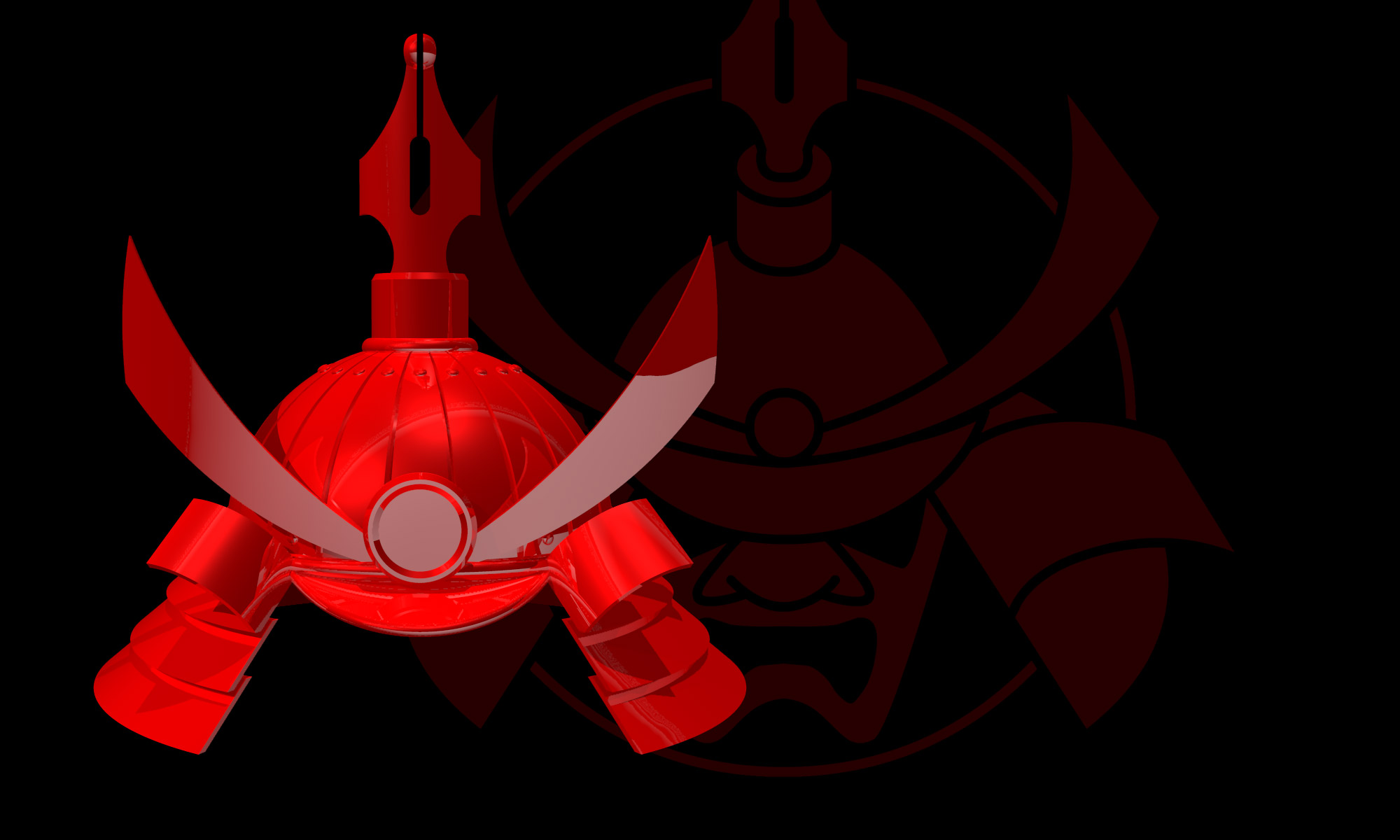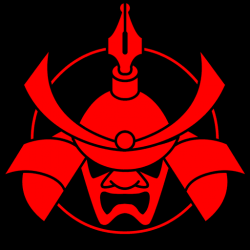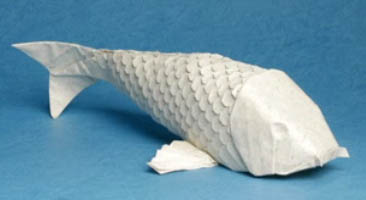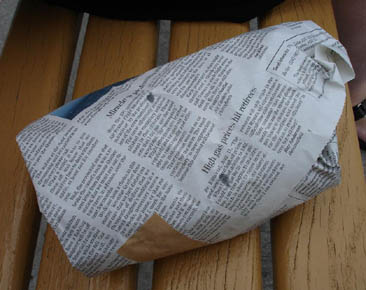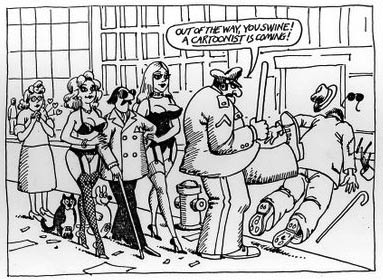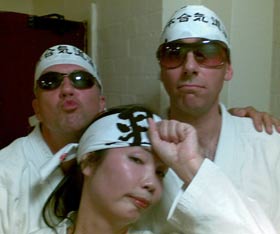
Disturbingly cool. Or, at the very least, disturbing.
I've been away for a while, including spending several days at an aikido "summer school." I am protecting the anonymity of Roy and the others in this photograph by not mentioning any names. You might be reassured to know that this is not how people normally dress for aikido, but is in fact a troupe of highly trained artistes having come offstage (well, out of the bar) after delivering the world premiere of Madonna's aikido version of Vogue. With the words changed, obviously.*
I can't help noticing that the girl looks uncannily like the one in the how to fold a hakama movie.
* There were five of us them in the group (known collectively as Quality of the Dojo) but I've only come back with a photo of three. So if you were there and took a photo of the whole bunch, please let me know, so I can put that up too. I don't want Penny and Louise, who will also remain anonymous, to feel left out, obviously.
